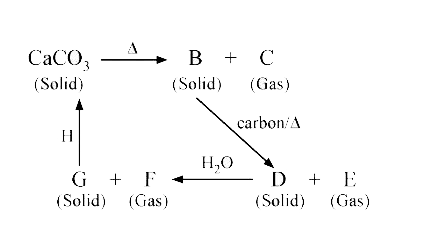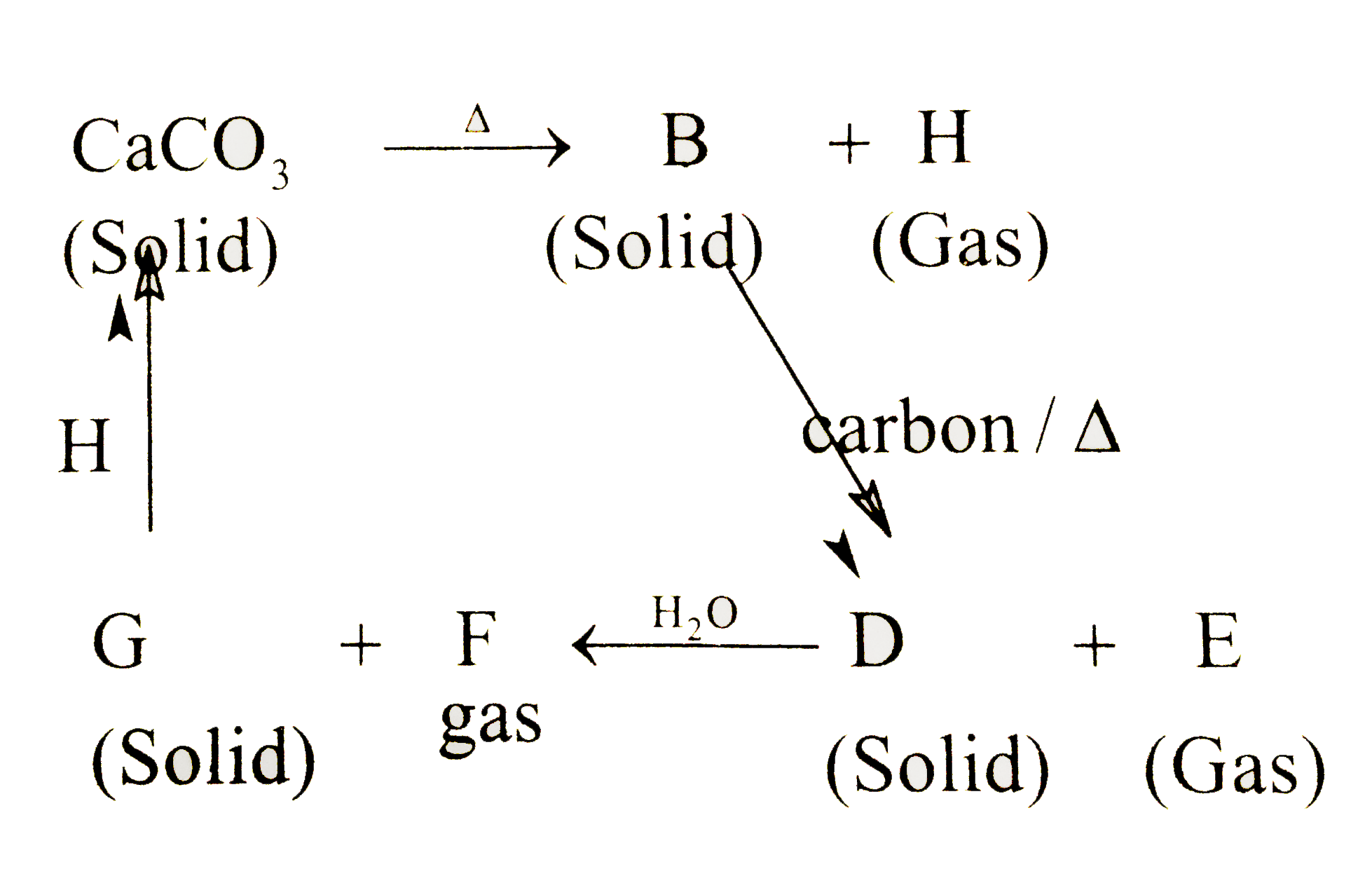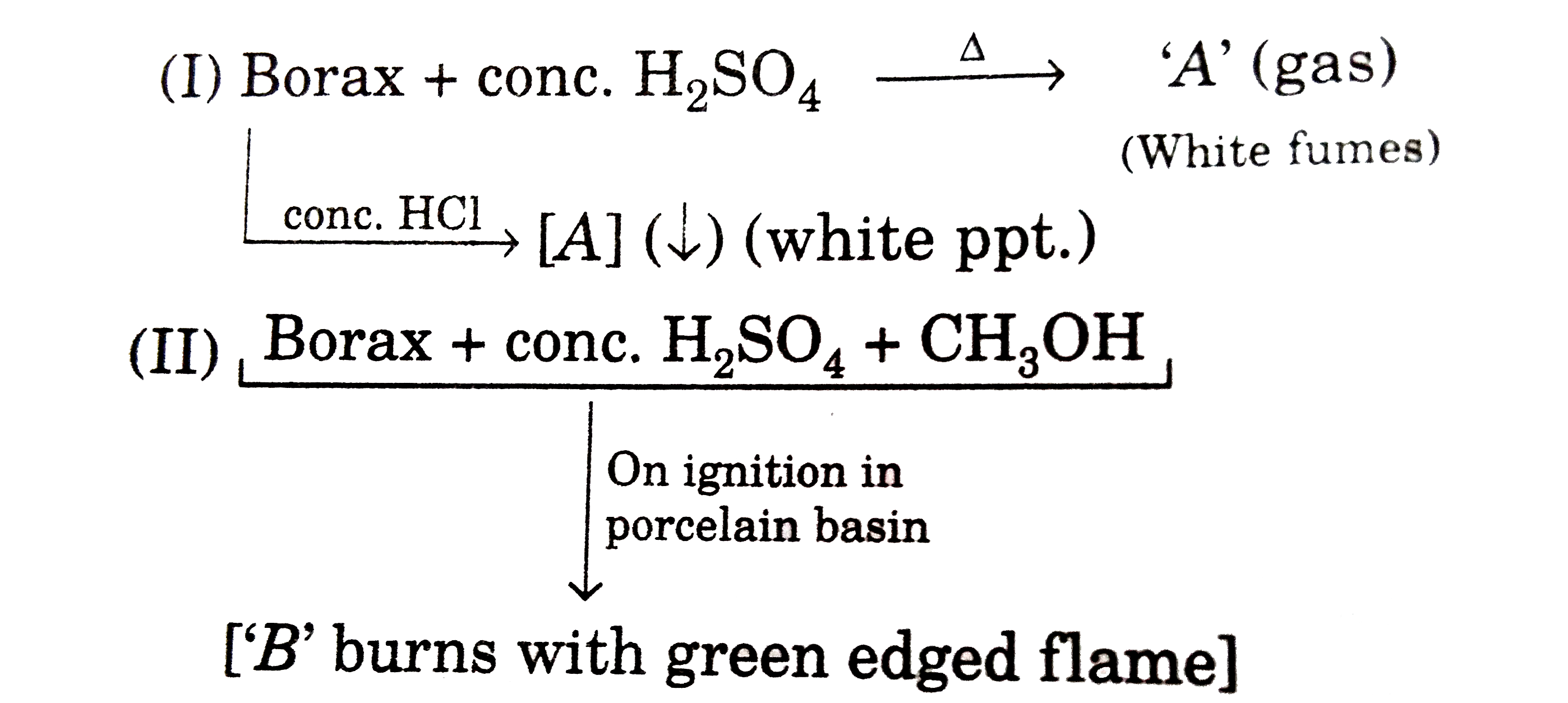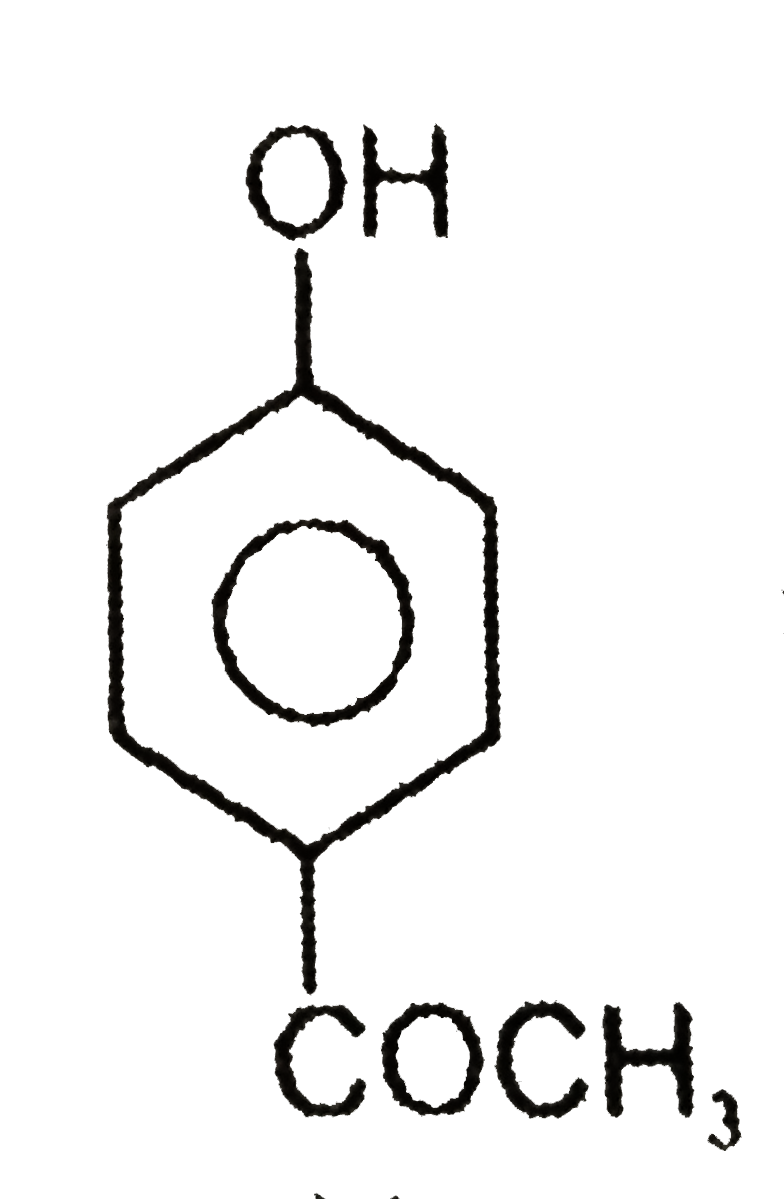Correct statement about FeO at room temperature
It is non-stoichiometirc and metal deficient
It is basic oxide
Its aqueous solution changes to Fe(OH)3 and then to Fe2O3,xH2O by atmospheric oxygen
It gives red colour with KCNS
The correct Answer is:A, B, C
To analyze the correct statements about FeO (ferrous oxide) at room temperature, let's break down the information step by step.
Step 1: Understanding FeO
FeO, or ferrous oxide, is an iron oxide where iron has an oxidation state of +2. It is important to recognize that FeO can exhibit non-stoichiometric behavior, meaning that the ratio of iron to oxygen may not be exactly 1:1.
Hint: Remember that oxidation states indicate the charge of the metal in the compound.
Step 2: Non-Stoichiometric Nature
In non-stoichiometric compounds like FeO, there can be metal deficiency. For example, in a sample represented as Fe0.95O, this indicates that there is only 95% of the expected iron present compared to the oxygen. This deficiency leads to the classification of such oxides as metal-deficient.
Hint: Think about how metal deficiency affects the overall composition of the compound.
Step 3: Basic Nature of FeO
FeO is classified as a basic oxide. Metal oxides typically exhibit basic properties, meaning they can react with acids to form salts and water. This is a characteristic behavior of metal oxides.
Hint: Recall the general classification of oxides based on their properties (basic vs. acidic).
Step 4: Reaction with Water
When FeO reacts with water, it can form ferrous hydroxide (Fe(OH)2). This reaction is significant as it shows the behavior of FeO in aqueous solutions. The ferrous hydroxide can further oxidize to ferric hydroxide (Fe(OH)3) in the presence of oxygen.
Hint: Consider how metal oxides interact with water and the products formed.
Step 5: Reaction with Potassium Cyanide (KCN)
When FeO reacts with potassium cyanide (KCN), it forms a colored complex. The resulting compound typically exhibits a red color, which is a notable characteristic in its chemical properties.
Hint: Look for the significance of color changes in chemical reactions involving metal complexes.
Conclusion
Based on the analysis, all the statements regarding FeO at room temperature are correct:
1. It exhibits non-stoichiometric behavior.
2. It is a basic oxide.
3. It reacts with water to form ferrous hydroxide.
4. It forms a colored complex when reacting with KCN.
Final Answer
All statements about FeO at room temperature are correct.
FeO, or ferrous oxide, is an iron oxide where iron has an oxidation state of +2. It is important to recognize that FeO can exhibit non-stoichiometric behavior, meaning that the ratio of iron to oxygen may not be exactly 1:1.
In non-stoichiometric compounds like FeO, there can be metal deficiency. For example, in a sample represented as Fe0.95O, this indicates that there is only 95% of the expected iron present compared to the oxygen. This deficiency leads to the classification of such oxides as metal-deficient.
FeO is classified as a basic oxide. Metal oxides typically exhibit basic properties, meaning they can react with acids to form salts and water. This is a characteristic behavior of metal oxides.
When FeO reacts with water, it can form ferrous hydroxide (Fe(OH)2). This reaction is significant as it shows the behavior of FeO in aqueous solutions. The ferrous hydroxide can further oxidize to ferric hydroxide (Fe(OH)3) in the presence of oxygen.
When FeO reacts with potassium cyanide (KCN), it forms a colored complex. The resulting compound typically exhibits a red color, which is a notable characteristic in its chemical properties.
Based on the analysis, all the statements regarding FeO at room temperature are correct:
1. It exhibits non-stoichiometric behavior.
2. It is a basic oxide.
3. It reacts with water to form ferrous hydroxide.
4. It forms a colored complex when reacting with KCN.
All statements about FeO at room temperature are correct.
Topper's Solved these Questions
- BOOK - AAKASH INSTITUTECHAPTER - THE D AND F-BLOCK ELEMENTS EXERCISE - Assingment ( Section-D Linked Comprehension Type Questions ) Comprehension-I3videos
THE D AND F-BLOCK ELEMENTS
- BOOK - AAKASH INSTITUTECHAPTER - THE D AND F-BLOCK ELEMENTS EXERCISE - Assingment ( Section-D Linked Comprehension Type Questions ) Comprehension-II3videos
THE D AND F-BLOCK ELEMENTS
- BOOK - AAKASH INSTITUTECHAPTER - THE D AND F-BLOCK ELEMENTS EXERCISE - Assingnment(Section -B ( Objective Type Questions)(One option is correct))12videos
THE D AND F-BLOCK ELEMENTS
- BOOK - AAKASH INSTITUTECHAPTER - Test-12EXERCISE - Exercise30videos
Test-12
- BOOK - AAKASH INSTITUTECHAPTER - THE P-BLOCK ELEMENTSEXERCISE - Assignment Section-J)16videos
THE P-BLOCK ELEMENTS
Similar Questions
Knowledge Check
- Question 1 - Select One
Correct statement about VBT is .
AEach bond is formed by maximum overlap for its maximum stabilityBIt represents localised electron modal of bonding.CMost of the electrons retain the same orbital localisation as in a separate atom,DAll are correct. - Question 2 - Select One
Correct statement about VBT is .
AEach bond is formed by maximum overlap for its maximum stability .BIt represents localised electron modal of bonding.CMost of electrons retain the same orbital localisation as in a separate atom .DAll are correct . - Question 3 - Select One or More
Correct statements about allotropy ?
APlastic sulphur exists as zig-zag chains of sulphurBMonoclinic sulphur is soluble in water and insoluble in CS2CMilk of sulphur gradually changes to Rhombic sulphurDMilk of sulphur is used in medicines






 is /are
is /are